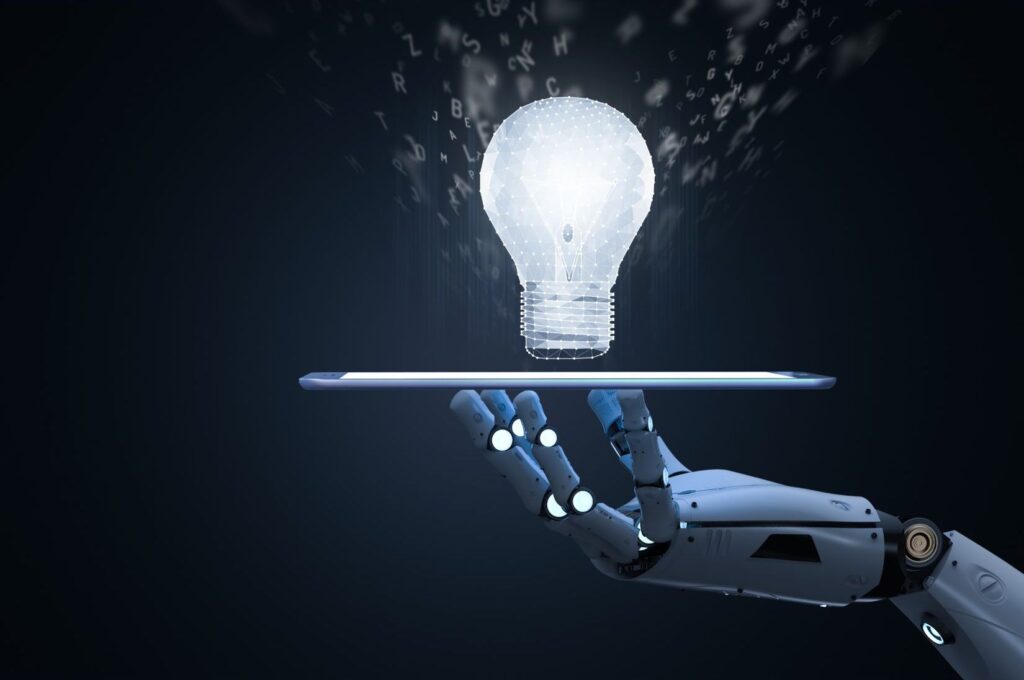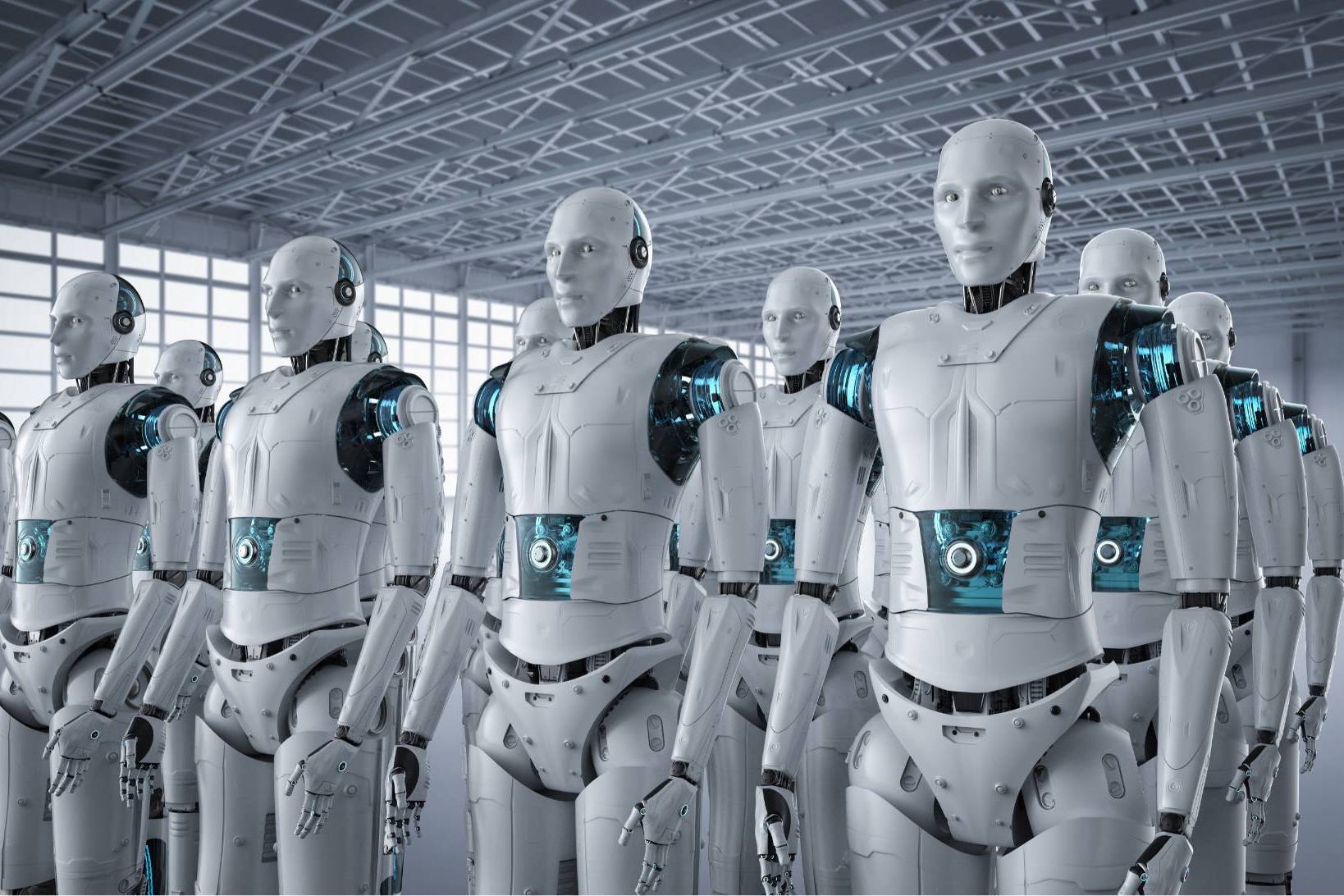
Over the past few years, Artificial Intelligence (AI) and machine learning have been encroaching steadily on the online world, compelling digital marketers to make adjustments in how we optimize for search engines (SEO).
Google’s RankBrain was perhaps the first instance of an AI that impacted SEO. Incorporated into Google’s search algorithm in 2015, RankBrain uses artificial intelligence and machine learning to interpret search data and serve up search results based on what it determines to be the intent of the searcher. In this approach, intent and context matter and SEO experts rushed to make changes in their method.
To respond to RankBrain, writing relevant content that speaks to the user’s needs became a high priority. A natural writing voice using a variety of keyword phrases worked best. It might sound obvious, but this was a big change from the pre-RankBrain method of optimizing a page around a single keyword and idea.
Recently AI and machine learning has made inroads into content production. How will this impact the goal of delivering relevant content? In this article, we take a look at this trend, including the advantages and disadvantages of AI-generated content for SEO and touch on how it might sync with RankBrain or similar AI search algorithms. And since it is the end of 2022 — we’ll make a few predictions about the future of AI in content for SEO as well!
ChatGPT — The Tool That Brought AI Content To The Forefront
Interestingly enough, 2015 — the year RankBrain was introduced — is also the year that OpenAI was founded. OpenAI is a nonprofit Artificial Intelligence research company that created ChatGPT and GPT-3. While AI has been used in a variety of contexts for a while, ChatGPT, released in April of 2020 seems to have really caught the imagination of ordinary people. It responds in chatbot conversations in a natural sounding way, taking into account the context and the tone of the conversation. What isn’t there to be enthralled about? But let’s back up a bit, and see where this marvel comes from.
Large Language Models, AI, Machine Learning and Deep Learning
ChatGPT makes use of, and is actually “trained on” an extremely large dataset of conversational data. ChatGPT is trained by different sorts of algorithms — basically, sets of instructions that look for patterns. These types of algorithms, as a general class, are called AI. Two subsets of AI, Machine Learning and Deep Learning, are especially important in how tools such as ChatGPT work.
- AI, very simply put, uses supervised or unsupervised algorithms to sort through the data to find patterns. As a result, it is called “intelligent”, since pattern discernment is basic in human thinking. Supervised algorithms are instructed to derive the answer from the training data. In other words people have a say in the answer. Unsupervised algorithms allow the machine to discover hidden patterns without human intervention.
- Machine learning is a subset of AI and primarily uses unsupervised algorithms, giving the machine the ability to learn without being purposefully programmed, according to IBM.
- Deep learning is a subset of Machine Learning that uses neural networks of related topics to find patterns of similarity and regularity. As a result, deep learning is able to discern what it needs and to discard what it doesn’t need.
Together — the dataset and the use of AI — is called a Large Language Model (LLM). ChatGPT is a relatively light and nimble LLM, developed for a very specific purpose, but OpenAI’s GPT-3, released in June of 2020, is much more substantive.
GPT-3, which stands for Generative Pre-Trained Transformer 3, is a text-based LLM that uses semantic analysis to create readable copy. It can generate one million words of text an hour, using machine and deep learning algorithms to combine an understanding of how language works with pattern recognition in order to replicate human writing.
GPT-3 isn’t the only LLM out there. There’s also Neo X, T5 and Bloom to name a few. Content creation software such as Jasper can draw on a number of these LLM to produce copy to fit various content templates, such as blogs posts, Facebook ads, metadata and so on. Jasper has about 50 templates to draw on. The impact on how we write copy for SEO could be enormous.
Advantages of AI-Generated Content for SEO
I’m sure a few advantages have already popped into your mind, including:
- Cost-effective. Using an AI program to write content of a consistent quality, quickly and in bulk will cut the need for content producers thereby cutting costs. This will be especially useful if you’re needing to scale quickly.
- Intelligence Augmentation. AI can also be used to spark ideas which are then edited by a person. This is referred to as IA – intelligence augmentation.
- Cohesive SEO. AI generated SEO can also provide a more cohesive approach to SEO since it is better able to analyze and coordinate a large number of variables pulled from different sources of data. Because the time spent on writing is diminished, professionals could spend more time on developing effective SEO strategies.
In brief, AI generated content is convenient and cost-effective and this could be a huge boon to the effectiveness of SEO as well as to the bottom line of SEO agencies.
Disadvantages of AI-Generated Content for SEO
Some of the disadvantages are more insidious and result from both the dataset and how the algorithms are programmed.
- May not be accurate. In general, AI content tools are not terribly concerned with accuracy; they simply predict which words fit together to make a cohesive narrative about a topic.
- Self Censuring. LLMs are programmed to steer clear of some types of content. For example, ChatGPT will not generate violent, harmful (such as how to build a bomb) or explicitly sexual content. That might sound reasonable, but the point is that it takes the choice out of the hands of the creator.
- Static Data Set. The data set of LLMs as they stand now do not draw from current events. For example, GPT-3’s dataset draws on data up to 2021. The content produced will not be up-to-date in terms of current events.
- Built-in Biases. Intentional biases to be truthful, harmless and helpful are built into GPT-3’s model. The model may need extremely specific instructions to write a piece in the style of a somewhat negative and gloomy author. We all like happy endings, but sometimes a pollyanna world is not the most truthful — or harmless, for that matter. Who decides what the truth is anyway?
- May be Flagged by Google. Google is busy developing ways to identify and lower the ranking of AI created content. A recent test by Neil Patel seems to suggest that they’ve discovered a way, for now at least. It may be even easier than that: the LLM may be able to watermark the content that used the LLM.
To achieve original, accurate writing that bypasses predictable biases, you will need to provide many, precise instructions, and even then, search engines may be able to flag it as AI created content. If you need an opinion piece, don’t look to a computer to write it.
The Future of AI-generated Content For SEO
AI-generated content is here to stay and we predict it will be used increasingly often for repetitive SEO tasks that don’t require that much originality. It will also be used to better align and co-ordinate the various aspects that go into an SEO strategy, such as the use of keywords across a number of digital assets.
AI content generation will become more ubiquitous as an aid to human writing, treated as a problem-solving tool more in line with intelligence augmentation. It’s the ultimate way to end writer’s block. At Stikky, our writers use AI-generated content to prompt our thinking, building original human-written content. In the future, we expect writers will take on more of a role of editors. Of course, the role of AI-generated content will be kept in check by Google’s algorithms which prioritize content that serves the user.
While AI-driven content generation has its benefits, we anticipate original content augmented by AI will become more valuable in the future.







